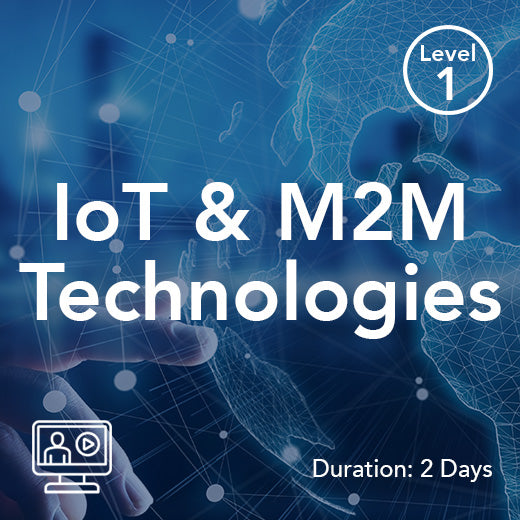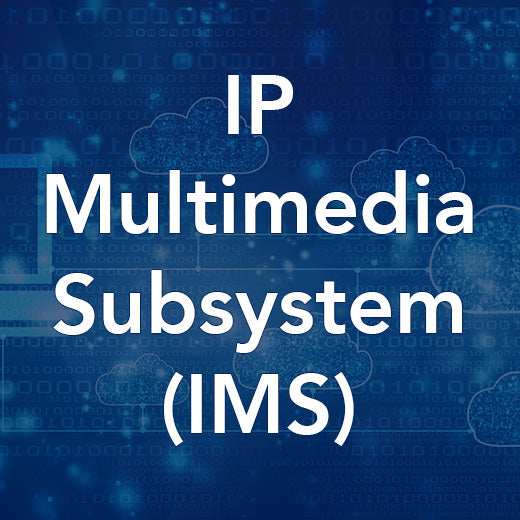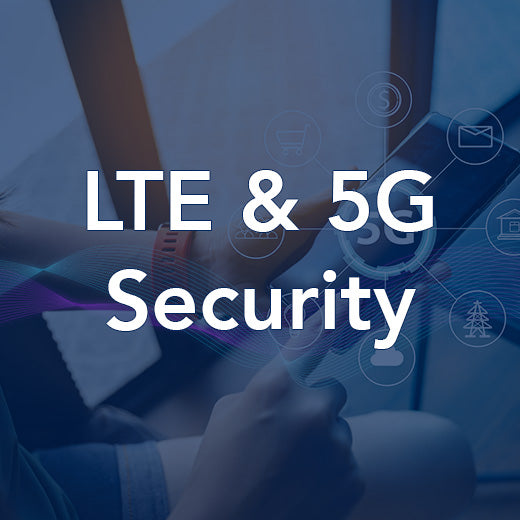The LS OBSERVER system training introduces the features of the LS OBSERVER based monitoring units and the principles of operation as sensor-based systems. The course contains the detailed description of the operation of all features and allows the participants to perform practical tasks with the LS OBSERVER system. The service-oriented system configuration and architecture, the remote control of measurement units, the measurement data download, multiple geolocation methods, the analysis of measurement results and direction finding techniques will be presented. The participants will have the possibility to use the equipment for practical tasks during the training. Information about maintenance requirements and configuration of the system are also covered by the training.
Course Objectives
The training enables the participants to become familiar with the LS OBSERVER monitoring units and the associated software module LS OBSERVER CMS. They will understand the functionalities, handling the GUI and learn how to perform measurements and analysis with the focus on remote controlled monitoring, geolocation and direction finding. Finally, they will see how a fully integrated spectrum management (e.g. SPECTRAplus) and monitoring system can be managed and be used for combined tasks (e.g. automatic violation detection).
Intended for
This course is intended for monitoring personal who have a basic knowledge of radio monitoring and geolocation methods and who need to operate LS OBSERVER units for measurement, direction finding and analysis tasks.
Contents
Global overview of the LS OBSERVER service-oriented architecture
Typical system and network setup and configuration
GUI concept and handling
Wide-band measurements
Fixed frequency measurements
Recording of the measurement results
Direction Finding AoA measurements
Geolocation with TDoA and GROA+®
DF Time Travel® AoA combination of TDoA, GROA+® and AoA results
Data handling, download from remote monitoring units
About LS telcom:
LS telcom is a global leader in technologies and consulting services for efficient radio spectrum use, optimizing spectrum management to ensure reliable, interference-free, and secure radio services. Our portfolio includes consulting, measurement services, and integrated solutions for planning, analysis, monitoring, and managing radio infrastructure.
Serving customers in over 100 countries, including regulatory authorities, network operators, and industries such as transport, utilities, and security, LS telcom operates globally with subsidiaries and offices in locations like Germany, the UK, Canada, India, and the UAE. Headquartered in Lichtenau, Germany, LS telcom AG has been listed on the German Stock Exchange since 2001 (ISIN DE 0005754402).
Read more less





























































